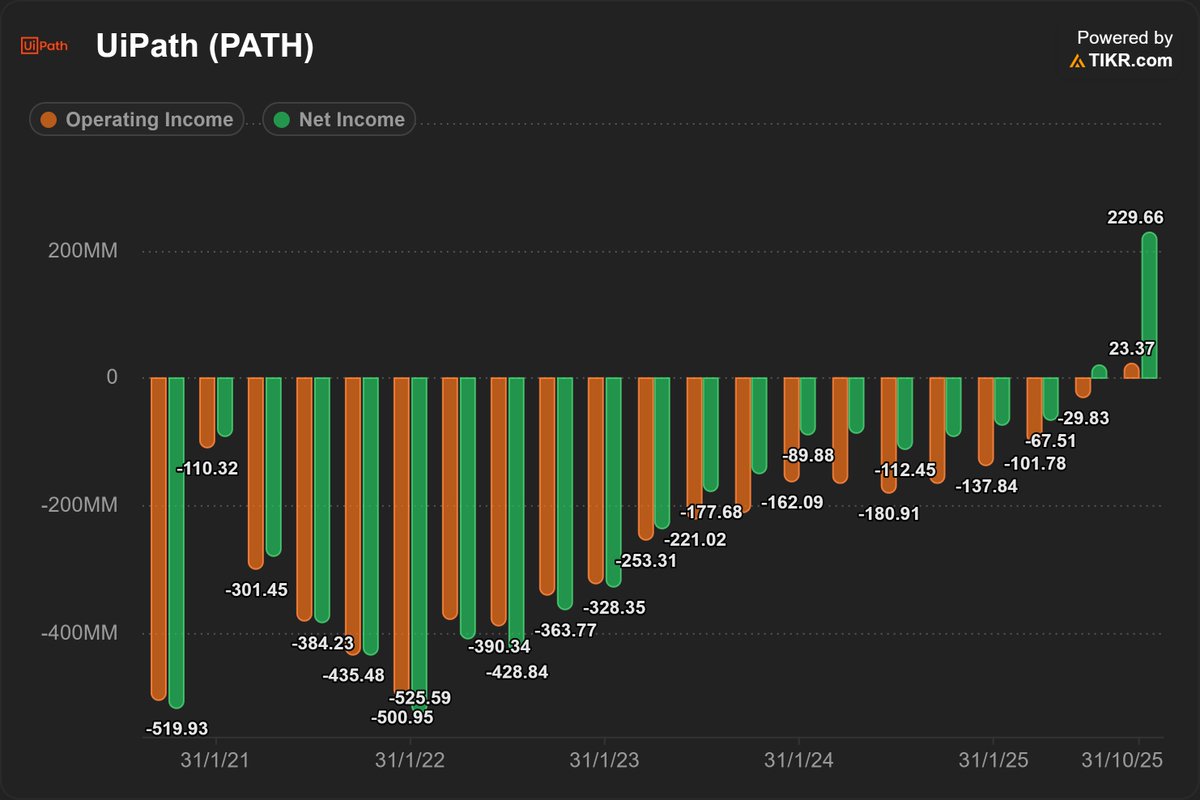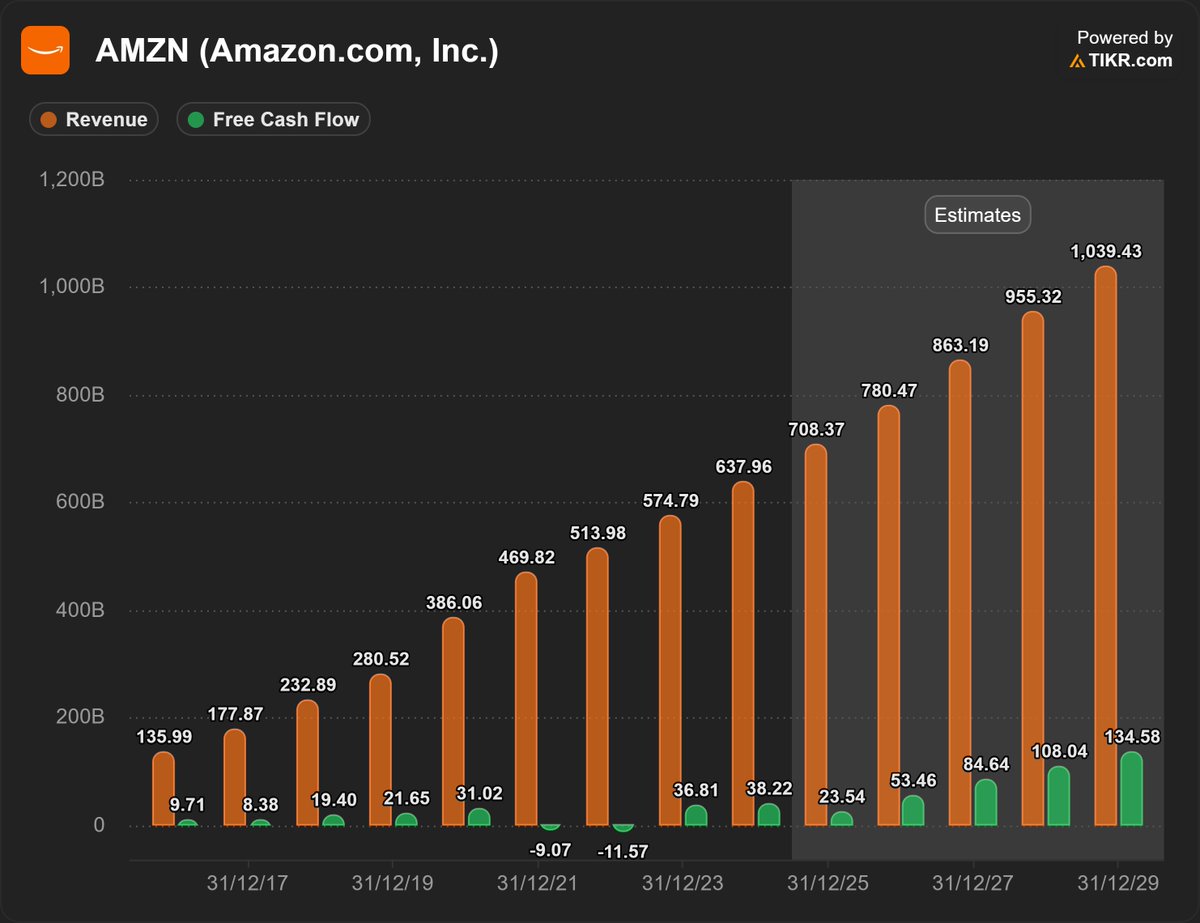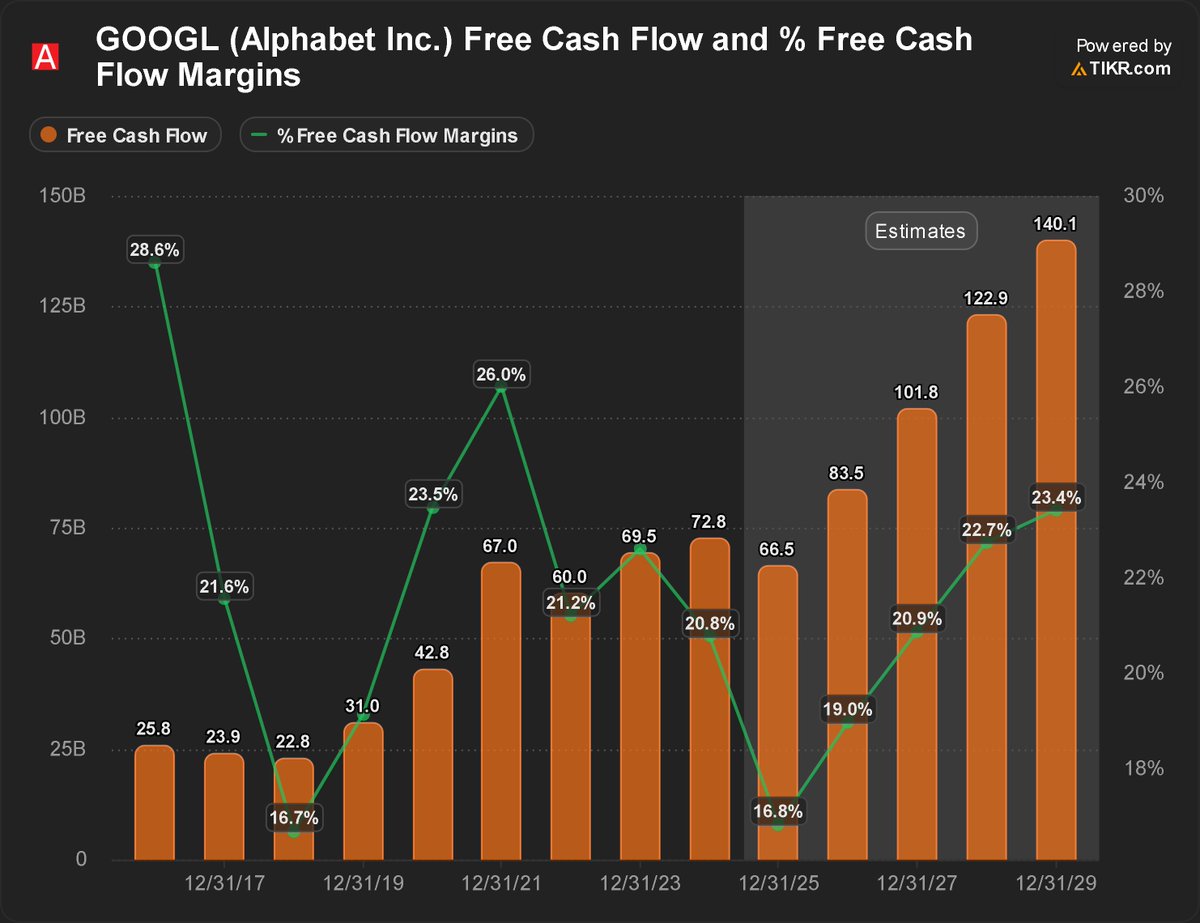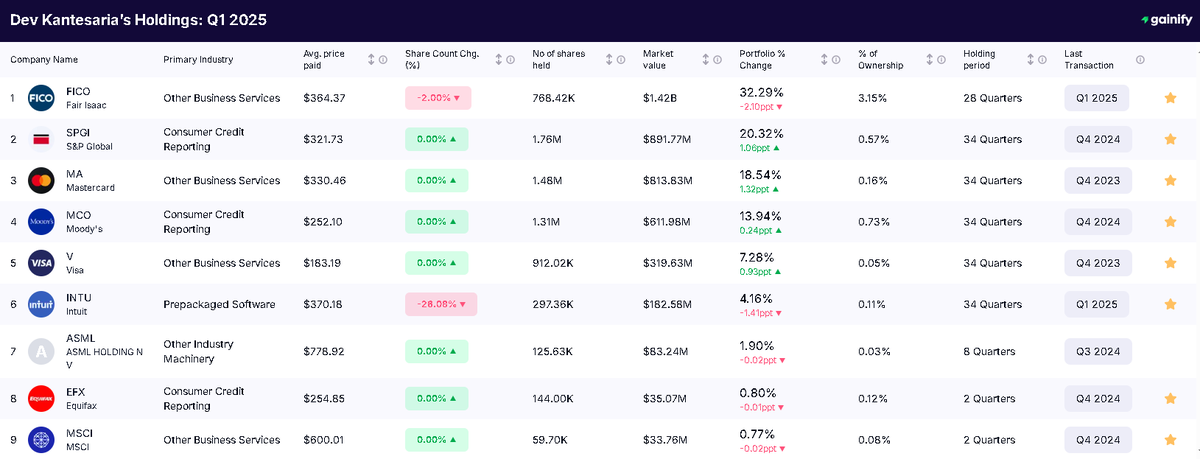
Growth Investments - Long Term | Insider News: @BourbonInsider
Find below the link to my Patreon and all my sources
2 subscribers
How to get URL link on X (Twitter) App


 2. $JD - JD,com
2. $JD - JD,com

 2. $ADBE
2. $ADBE

 2. $ADBE - Adobe
2. $ADBE - Adobe

 2. $GOOG - Alphabet
2. $GOOG - Alphabet

 2. The Trade Desk $TTD
2. The Trade Desk $TTD

 2. Alphabet $GOOG
2. Alphabet $GOOG

 Copart, Inc. $CPRT
Copart, Inc. $CPRT

 2. $OSCR - Oscar Health
2. $OSCR - Oscar Health

 1. $DLO - DLocal Limited ($14)
1. $DLO - DLocal Limited ($14)

 Before the 1960s, there was no easy way to know a person’s credit card history, so loan decisions were largely based on trust.
Before the 1960s, there was no easy way to know a person’s credit card history, so loan decisions were largely based on trust. 
 His Stock-Buying Criteria:
His Stock-Buying Criteria:
 Tepper left Goldman Sachs in 1992 and founded Appaloosa Management in 1993 with $57 million in capital
Tepper left Goldman Sachs in 1992 and founded Appaloosa Management in 1993 with $57 million in capital
 1) It's a boring business than operating in multiple industries like hospitality, gaming, casinos, hotels, and e-commerce, yet it's still growing, expanding, and adding new features.
1) It's a boring business than operating in multiple industries like hospitality, gaming, casinos, hotels, and e-commerce, yet it's still growing, expanding, and adding new features.
 $MSCI is a company he recently added, and he will probably DCA in the coming months or years.
$MSCI is a company he recently added, and he will probably DCA in the coming months or years. 



 The salvage and vehicle auction industry is a critical component of the automotive and remarketing ecosystem, focused on the resale and recycling of totaled, damaged, and end of life vehicles.
The salvage and vehicle auction industry is a critical component of the automotive and remarketing ecosystem, focused on the resale and recycling of totaled, damaged, and end of life vehicles.
 1. AAON, Inc. $AAON:
1. AAON, Inc. $AAON:





 Here’s the interview where he admitted that his short positions have been problematic.
Here’s the interview where he admitted that his short positions have been problematic.
